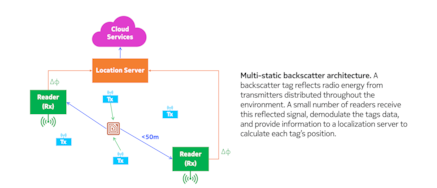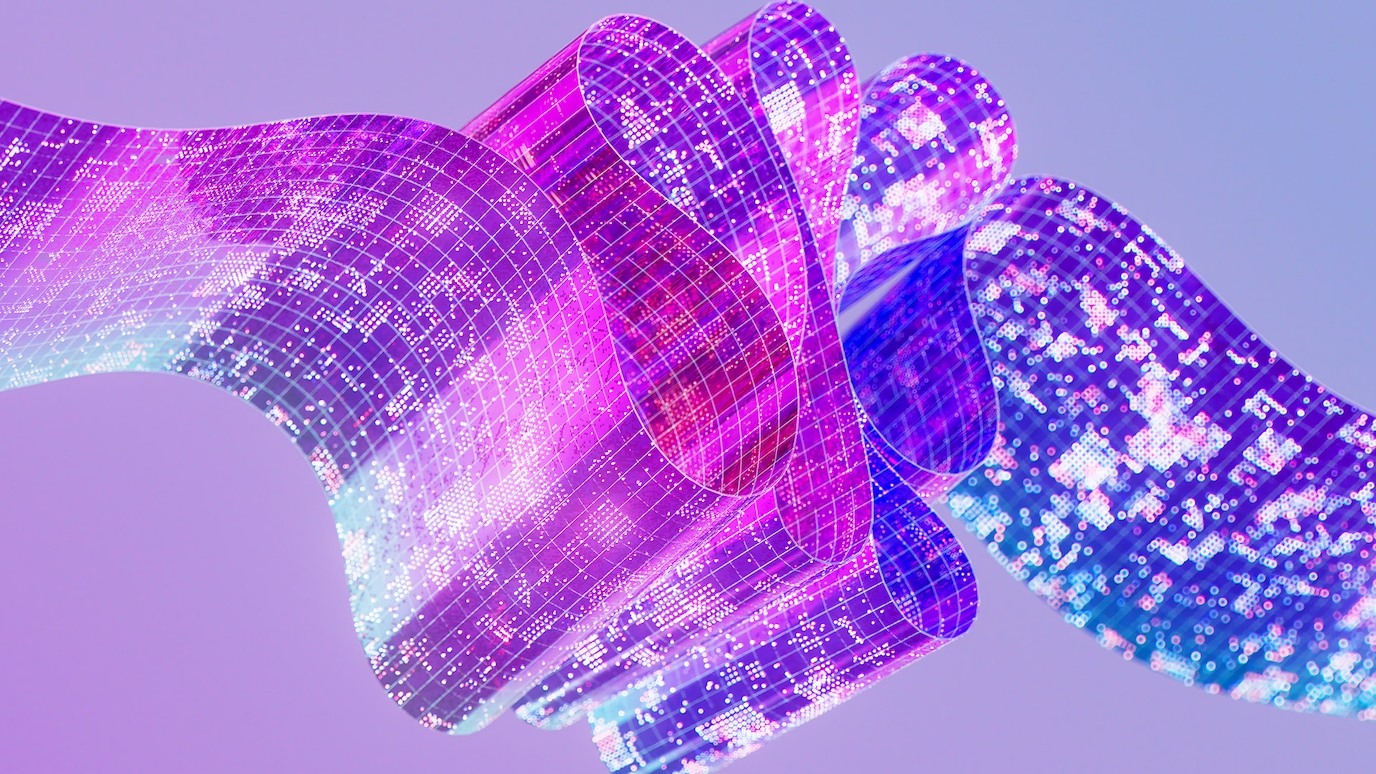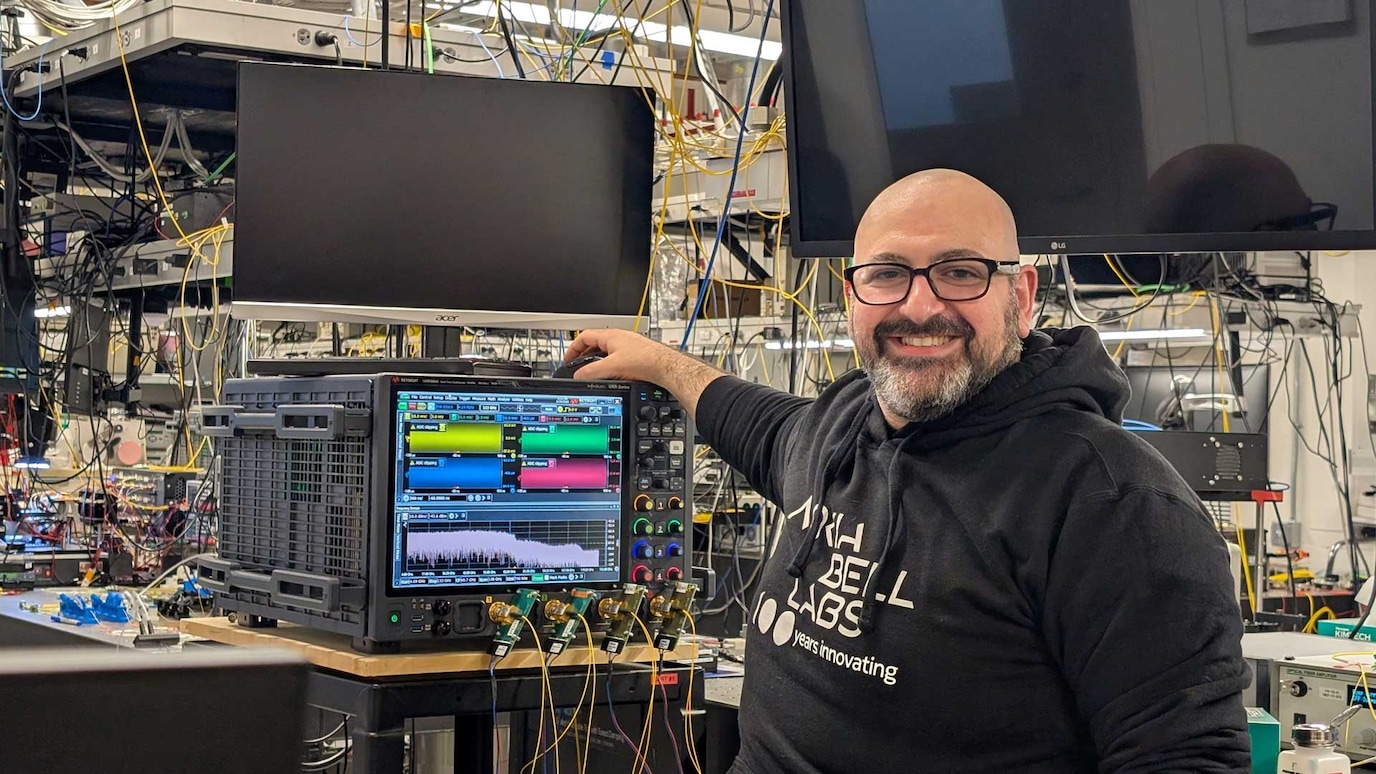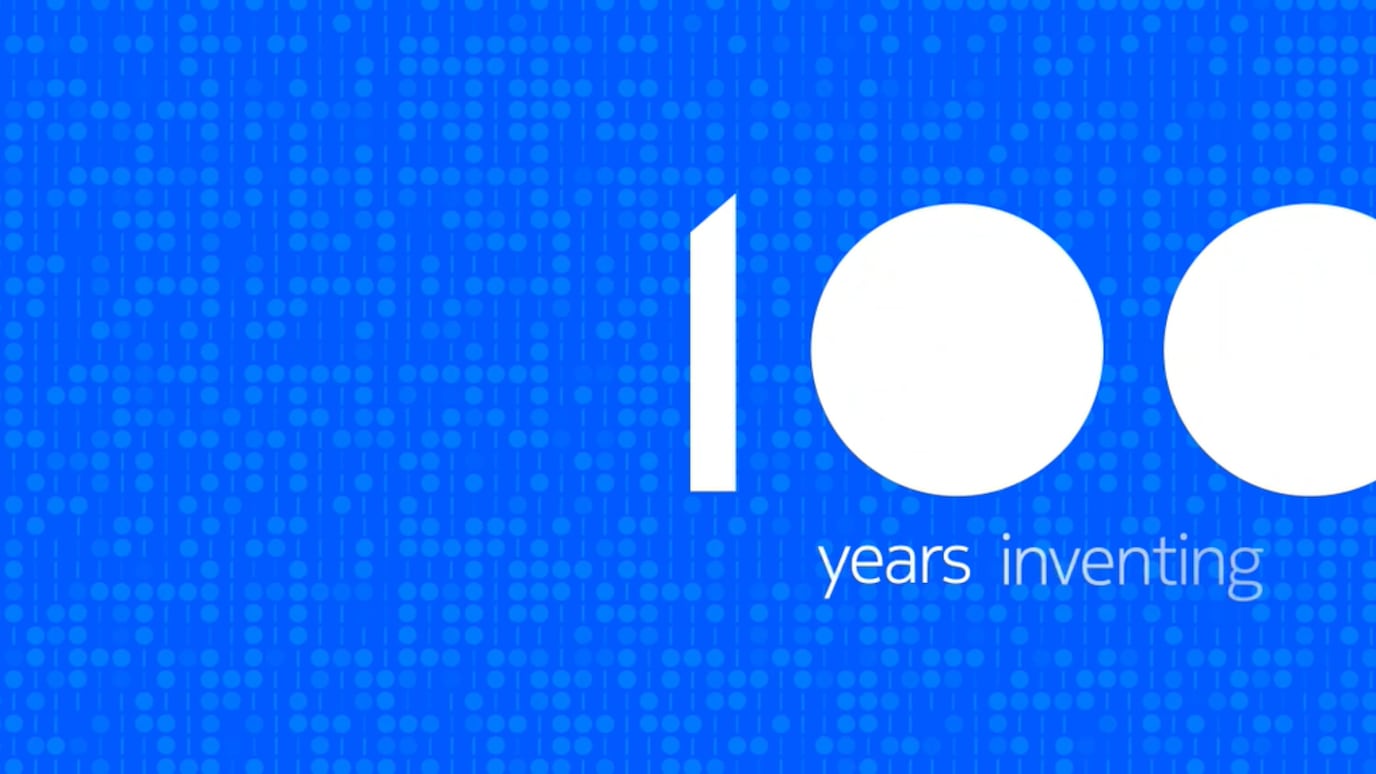Project overview
Fusing the physical and digital
In our hyper-connected modern world, we have come to rely on the convenience of digital marketplaces where billions of physical items can be easily shopped and purchased at just a click of a button. Unfortunately, the supply chain that bring these physical goods from the factory to your home is still largely analog, relying on manual data entry and asset tracking. The recent supply chain woes surrounding the COVID-19 pandemic expose the shortcomings of this analog system: poor flexibility, significant overhead – both time and money, and unnecessary waste.
A digital twin of every physical object would allow for continuous tracking of their location and physical condition, a fundamental enabler for AI-powered logistics that could reduce delays, cost, and waste, all while increasing flexibility in these vital supply lines. Digitally tacking, i.e. digitizing, all physical objects is unfortunately intractable with current wireless technologies. Even the simplest radio tag is far too expensive and power hungry to deploy in the ~billions needed for comprehensive asset tracking.
Bell Labs’ backscatter radio research aims to create an alternative path forward by reinventing the way massive-scale wireless IoT systems are architected. Our solution leverages the ultra-low cost of RFID tags ($0.10), while simultaneously providing long communication distances (50m), infinite battery life, and meter-level localization accuracy. These new wide-area backscatter networks can enable large-scale asset management in warehouses, factories, ports; campus-wide tracking of equipment and supplies in hospitals, office buildings, and more.
Backscatter, radio without the radio
Our asset tracking technology relies on a type of radio called backscatter radio. Normal radios, like the WiFi, cellular, and Bluetooth you use on a daily basis, rely on extremely complicated integrated circuits with millions of components and power-hungry amplifiers and high-frequency oscillators. This makes them inherently costly and power hungry. Backscatter radios, on the other hand, can be as simple as a single transistor and function by reflecting wireless signals that are already present in the environment. They can piggy-back on the wireless infrastructure already deployed, and their simplicity allows them to cost as little as a few cents and consume almost no power. They can harvest what little power they need from their ambient environment, making them battery-free. Furthermore, backscatter radio tags can be printed and made biodegradable, allowing for easy deployment and an environmentally-friendly footprint.
Long range multi-static architecture
Existing backscatter devices, such as the ones in your ID badge or credit card, are limited by their incredibly short range, typically a few meters at very best. Our fundamental innovations are increasing this range to tens of meters, similar to what is common in WiFi networks. In addition, we are building these systems from the ground up with the high-accuracy localization built-in. So even if the tag is 40 meters away, you can still know its location within ~1 meter. We do this by using a multi-static wireless architecture, where environmental energy sources, backscatter tags, and backscatter tag readers all work independently and don’t require any synchronization. This has required a complete re-working of the fundamental radio access protocols, wireless signaling patterns, and new innovations in localization techniques and algorithms. But in the end, we have created a low-cost-to-deploy, cloud orchestrated, wide-area wireless network that can support thousands of tags per access point. Our goal is that this technology will help streamline the asset tracking of tomorrow and help fully integrate the digital and physical worlds.
Project members
Learn more about our Entrepreneurs in Residence programs and projects.









